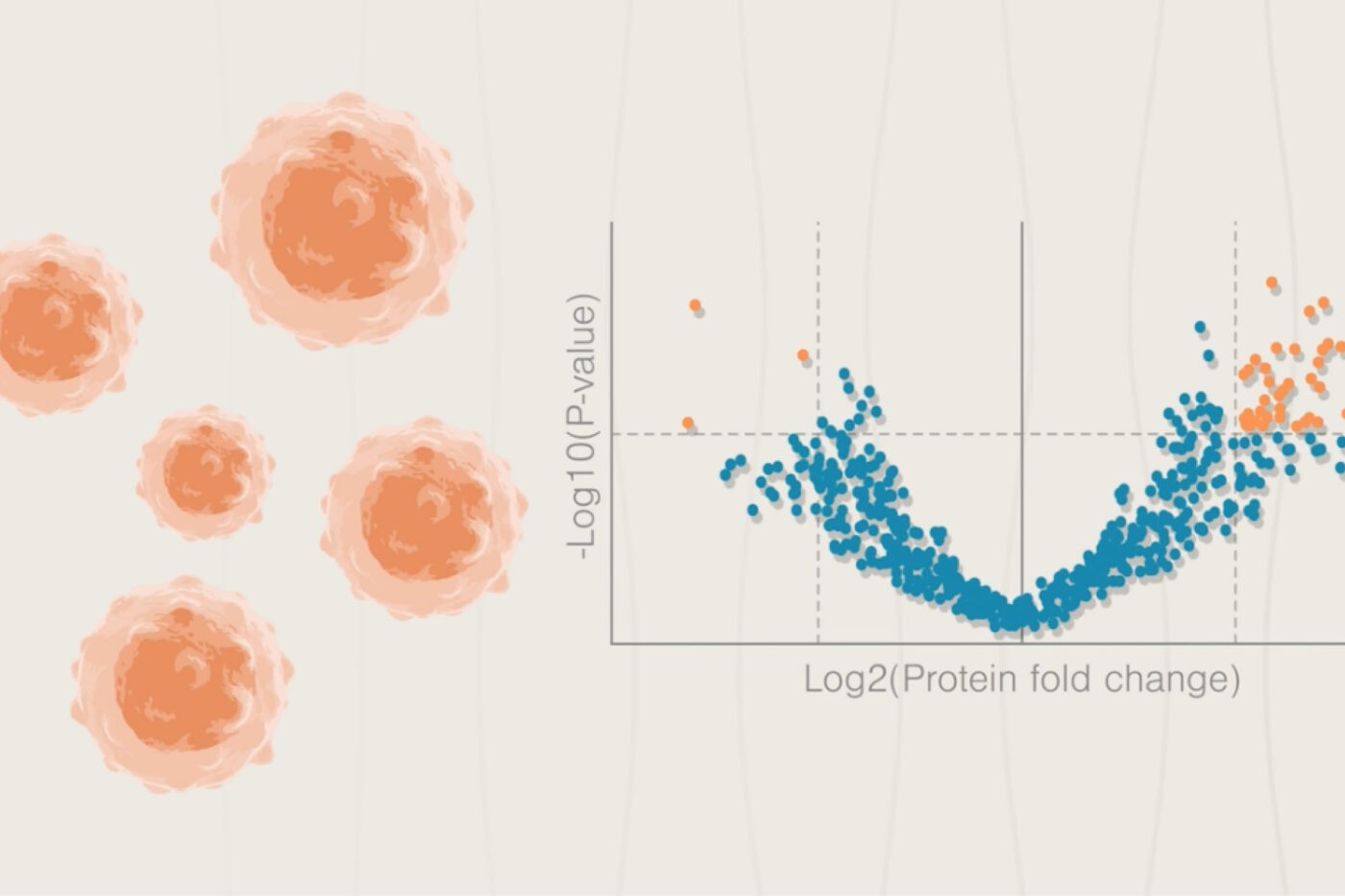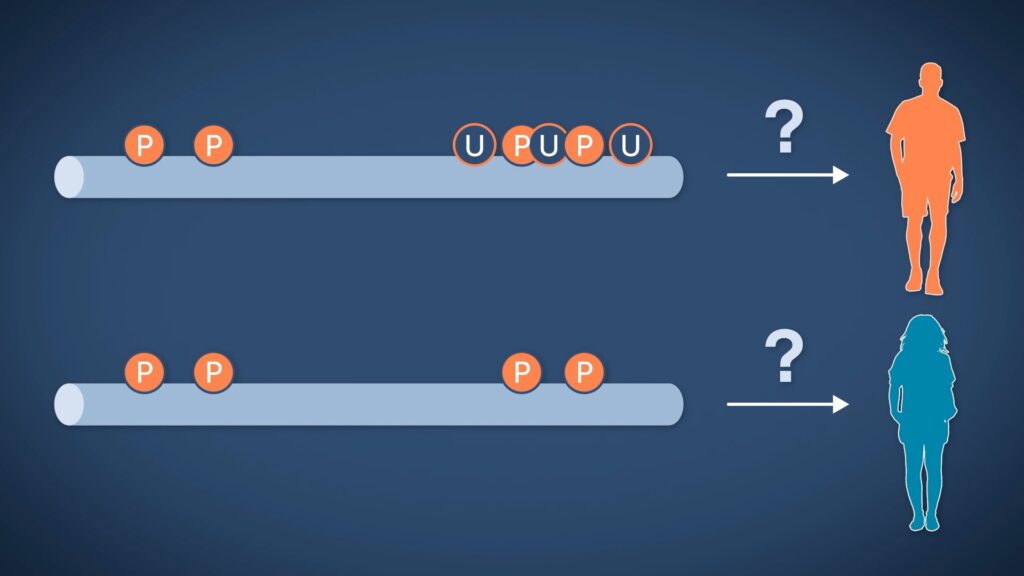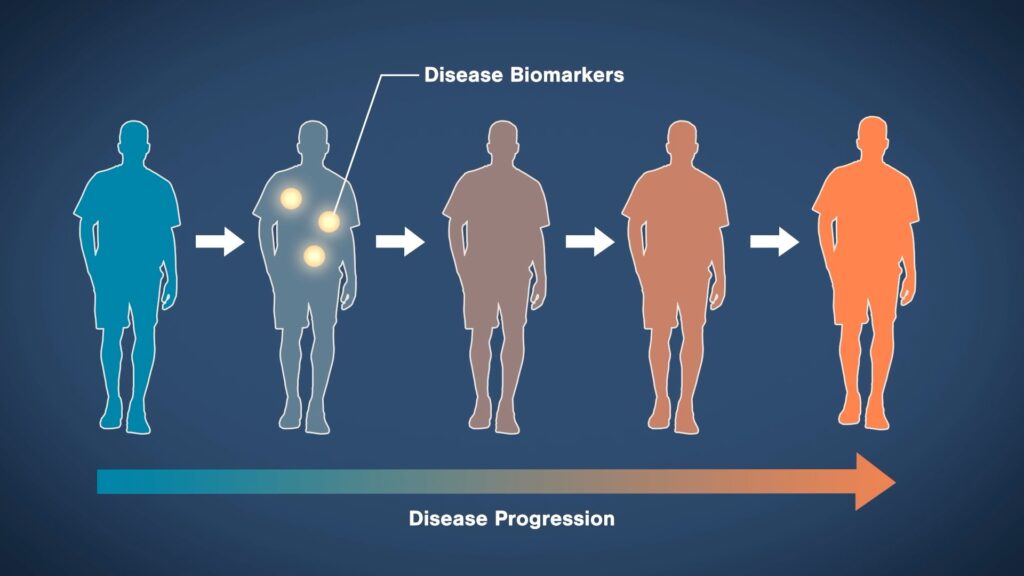
Animation – Unlocking the potential of proteomics to fuel neuroscience

Tyler Ford
May 29, 2024
Proteins and their many proteoforms drive the processes behind the creation of complex neuronal networks, and aberrations in the proteome can lead to a wide range of neurological disorders. Given the immensely important role of the proteome in the development, function, and maintenance of the nervous system, it is essential that we leverage next-generation proteomics technologies to deepen our understanding of neurobiology and disease. In the animation above, we discuss how next-generation proteomics technologies like the NautilusTM Proteome Analysis Platform can fuel neuroscience research.
Parsing the role of proteoforms in normal biology and disease

Modified proteins and proteoforms play a key role in cell migration and the formation of healthy neuronal networks, but when abnormally modified or overproduced—like hyper-phosphorylated tau—they may contribute to neurological diseases such as Alzheimer’s. Understanding the full range of proteoform changes that alter neurobiology is therefore essential for advancing both basic and disease-related neuroscience research. While this is often difficult with traditional proteomics techniques, the Nautilus Proteome Analysis Platform is designed to make targeted proteoform studies far easier to do and may vastly improve our understanding of the nervous system.
Revealing biomarkers of neurological disease

Identifying early signs of neurological disorders remains a challenge, but the Nautilus Proteome Analysis Platform may change that by offering comprehensive views of the proteome in both healthy individuals and those with neurological diseases. By measuring proteins across the dynamic range of the proteome—including those in low abundance—it may help uncover non-invasive biomarkers indicative of early disease. These biomarkers could enable earlier interventions, potentially helping patients avoid impacts like dementia or the loss of motor function.
Learn how biomarkers have changed Alzheimer’s research.
Proteins that are higher abundance in the diseased brain may make good drug targets

Proteins that are particularly abundant in diseased brain tissue but low in healthy tissue may be ideal drug targets, as targeting them is less likely to affect healthy cells. Identifying these proteins across the proteome’s wide dynamic range is essential, since those already abundant in healthy tissue may pose greater risks when targeted.
For more insights into the impacts of proteomics in neuroscience, download our eBook!
MORE ARTICLES
